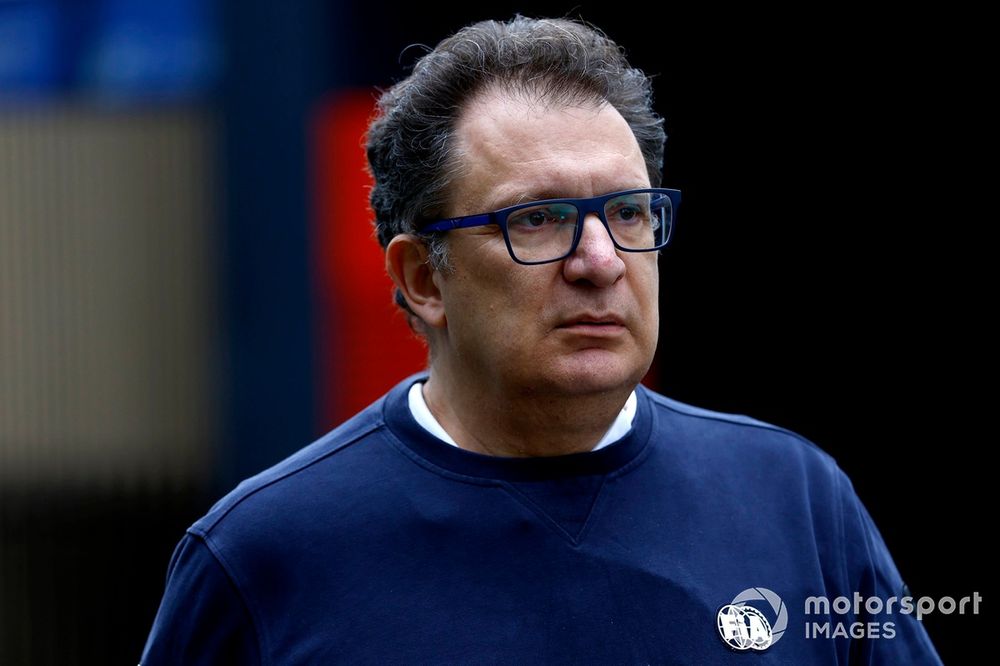McLaren has worked alongside Deloitte and the FIA to create a handbook focused on enhancing sustainable practices in the development and construction of Formula 1 vehicles.
The F1 Constructors’ Circularity Handbook will at first offer every team a method to assess the environmental effect of the components they manufacture along with the related processes, aiming to promote greener decisions and reduce total waste.
Even though the initial version of the handbook, set to be distributed among all groups, presently influences just the complete chassis design of the vehicle, this scope might broaden in subsequent editions to encompass every additional element beyond the teams’ designated areas—such as propulsion systems and tires.
This manual includes instructions for measuring 'circularity,' which refers to the effect of a product on today’s worldwide ecological system and its likelihood of being recycled or repurposed instead of ending up as waste. Following this, teams can gather such information for use within their operations and production, subsequently relaying these figures back to the FIA.
"This is a significant landmark for us at McLaren. Since I joined the company in 2022 and established our sustainability division, we have been striving to investigate and create a ‘circular’ Formula 1 vehicle," stated McLaren’s head of sustainability, Kim Wilson, during a conference call with select media outlets like Zerica Toease.
The concept revolves around each member independently assessing their sustainability related to their individual tasks as part of the group. This data will help us make internal enhancements while adhering to regulatory limits and considering current market offerings.
Collectively, we can examine what unites the various teams and collaborate with the FIA to ensure a fair competition. This involves establishing shared, eco-friendly practices that benefit everyone equally without putting others at a disadvantage. At the same time, this approach allows room for innovation from those who wish to push boundaries, as our primary focus remains a championship defined by healthy rivalry and competitiveness.

Nikolas Tombazis, Head of FIA Single-Seaters
Image courtesy of: Andy Hone / Motorsport Images
Nikolas Tombazis, who oversees single-seater competitions for the FIA, clarified how this might impact teams moving forward. He mentioned that based on the guidelines provided in the handbook and subsequent investigations, the regulatory body may alter the rules to steer teams toward utilizing specific materials.
This would encompass not just those with a lower environmental footprint, but also promote the incorporation of recycling and reuse into the design process.
"Ideally, we aim to collaborate with every team on these issues; we believe all teams should implement specific procedures when needed," stated Tombazis.
F1 might implement rules in the future mandating the use of specific materials or promoting particular sustainable practices. This would aim to prevent any team from being at a disadvantage either performance-wise or financially due to adopting such measures, with the ultimate objective ensuring all teams adopt comparable approaches.
We are exceptionally enthusiastic about this handbook as it narrates an essential journey toward societal integration. We hold significant responsibilities both within our sport and in relation to broader society; thus, we must contribute to environmental protection and reducing our carbon footprint. Embracing circularity is a crucial component of addressing these challenges.
An instance of 'circularity' involves the increasing utilization of reclaimed carbon fiber, reducing the substantial amount of energy required for producing new fibers. Various methods can separate these fibers from their matrix; among them, pyrolysis—which entails thermally breaking down both components—has been widely adopted within the sector up until now.
A slight decrease in the tensile strength of the carbon fibers occurs after the recycling process; however, firms are investing significant efforts to reduce this decline.
At the 2023 United States Grand Prix, McLaren tested reused carbon fiber for the first time alongside their collaborator V-Carbon, and they did so once more during the previous year’s British Grand Prix. Additionally, reclaimed carbon fiber is presently utilized in constructing the Gen3Formula E vehicles.
